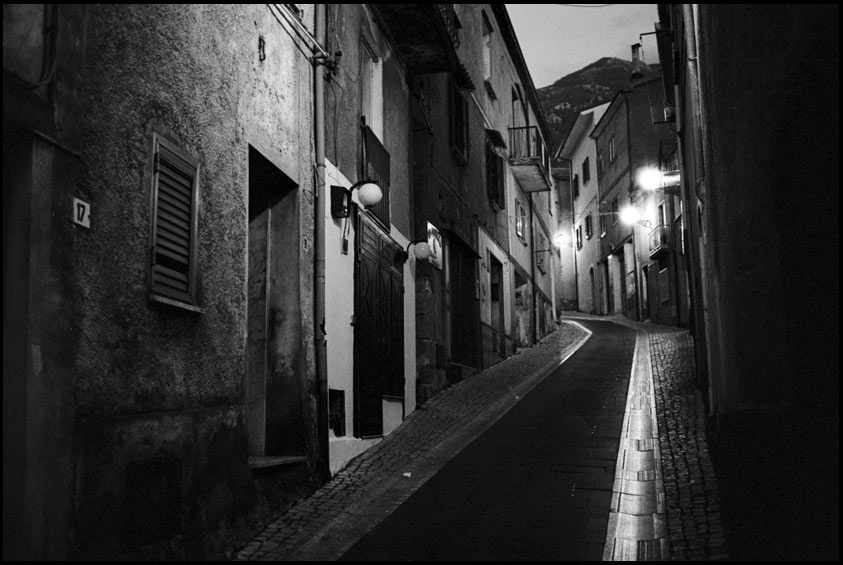bwcolor
Veteran
Above you see 1+7 for nine minutes. I sited my experience where my negatives were underexposed at 20 min with 1+9 and others suggest between nine and ten minutes for 1+9. Perhaps with 1+9 we are approaching stand development times, so large extensions of time don't make large changes in results, or perhaps my TMax Dev. was old or inactivated by the 38 degree storage temperature inside my chemical refrigerator. It does seem odd that the same times can be suggested for both 1+7 and 1+9.




